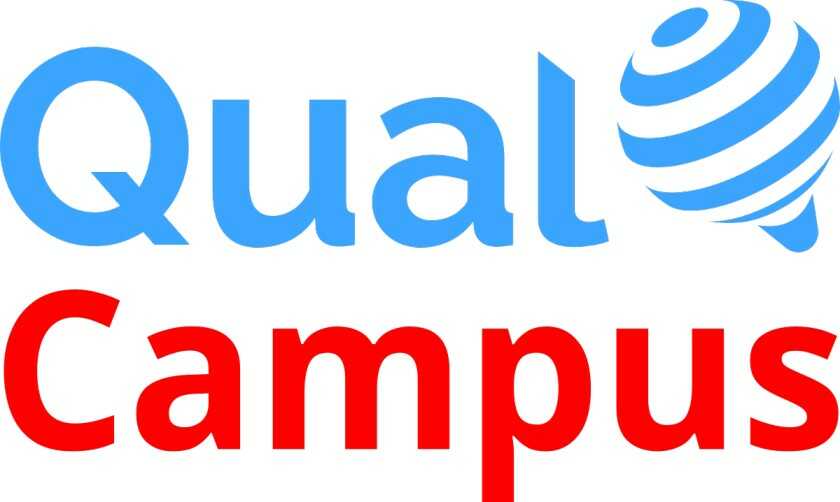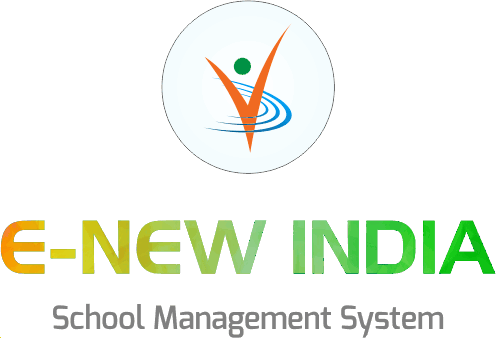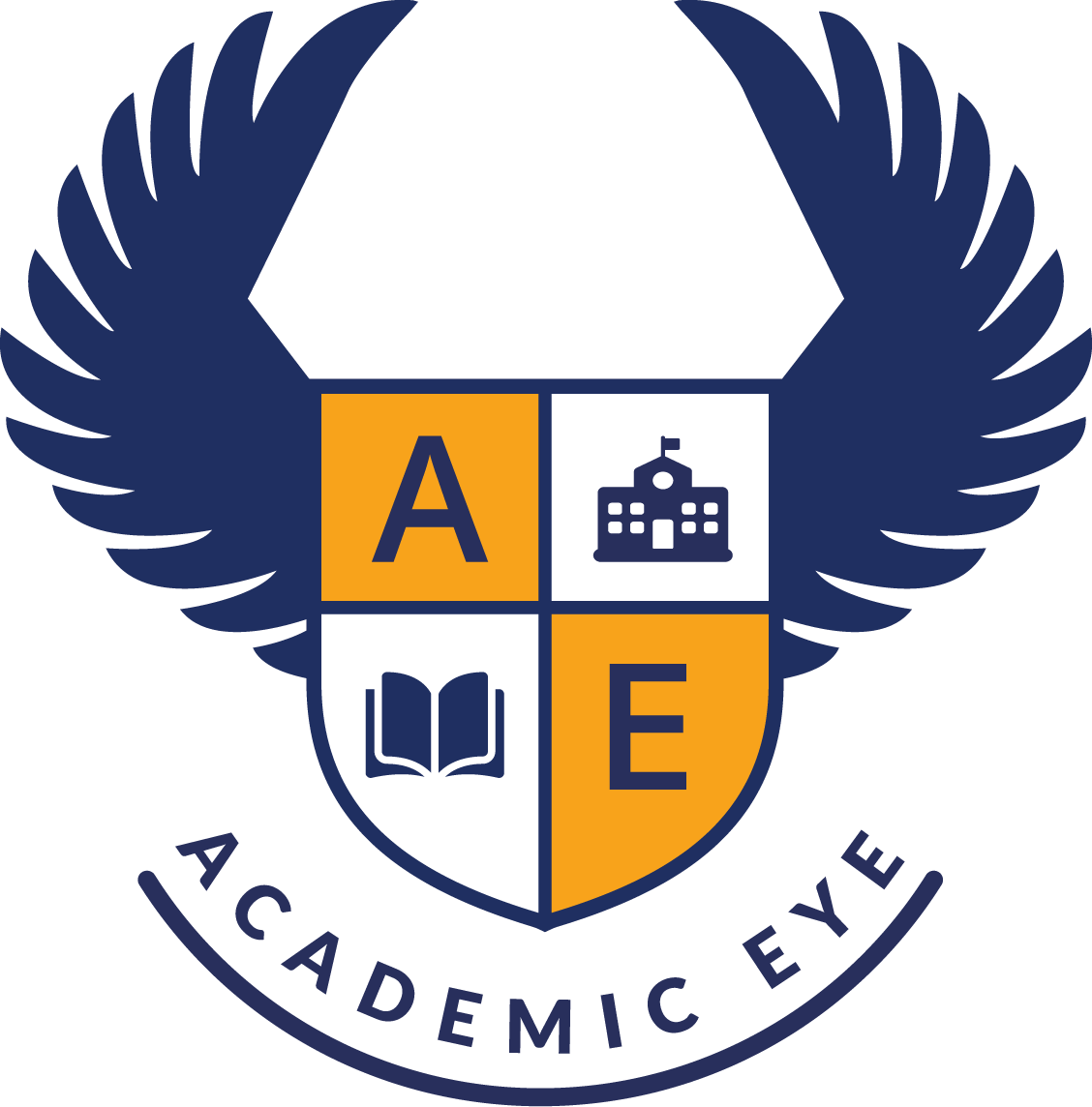Description

LITEROM

QualCampus
Comprehensive Overview: LITEROM vs QualCampus
LITEROM and QualCampus are two different products that cater primarily to the education sector, each offering a range of functionalities to support different aspects of educational and institutional management.
a) Primary Functions and Target Markets
LITEROM: LITEROM is a comprehensive ERP solution designed specifically for schools and educational institutions. Its primary functions include:
- Student Information Management: This includes recording student details, attendance, grades, and performance tracking.
- Administration Tools: Features for managing admissions, fee collections, payroll, and human resources.
- Learning Management: Modules for handling academic schedules, curriculum details, and teaching resources.
- Communication Tools: Facilitates parent-teacher communication and internal communications within the institution.
- Library Management: Offers tools for managing library resources and tracking book issues and returns.
Target Market: LITEROM primarily targets K-12 schools, including both private and public institutions, aiming to streamline administrative tasks and enhance academic management.
QualCampus: QualCampus is an educational management system that serves a broader range of educational setups, including schools, colleges, and universities. Its key functions include:
- Comprehensive Academic Management: Covers everything from admissions to alumni, including academic operations, grade management, and examination schedules.
- Financial Management: Includes modules for budgeting, accounting, payroll, and fee management.
- Hostel and Transport Management: Specifically beneficial for larger institutions with residential and commute facilities.
- Student & Faculty Portals: Provides access to information and resources for both students and faculty.
- Research and Development Tools: Supports higher education institutions with research project tracking and administration.
Target Market: QualCampus targets larger educational entities such as colleges and universities, offering them an extensive suite of tools to manage their operations comprehensively.
b) Market Share and User Base
The market for educational ERP systems is highly fragmented with numerous players, and the market share for LITEROM and QualCampus would depend on their regional presence and penetration into various segments of the education market. Generally, neither product might lead in global market share compared to large international players, but they could have significant shares in specific regions or niches depending on their local partnerships and customer base.
User Base Impression:
- LITEROM likely has a larger user base among K-12 institutions because of its tailored features for schools.
- QualCampus could have a substantial presence in higher education with institutions that require more comprehensive solutions for managing elaborate educational and administrative processes.
c) Key Differentiating Factors
-
Target Audience Specificity:
- LITEROM is more focused on K-12 schools with features that specifically cater to primary and secondary education needs.
- QualCampus, on the other hand, has a broader target audience, including higher education institutions, making it versatile for more complex organizational structures.
-
Feature Set:
- LITEROM concentrates on straightforward school management tasks, aligning more with the daily needs of schools.
- QualCampus offers a larger suite of tools, including specialized modules for research, hostel management, and financial operations, especially suited for tertiary education environments.
-
Integration and Scalability:
- QualCampus might provide more scalable options for institution growth, given its comprehensive system and variety of modules.
- LITEROM offers simplicity, which can be an advantage for schools looking for minimalistic but efficient solutions.
In summary, while both LITEROM and QualCampus serve the educational sector, they differentiate themselves through their focus on different segments within the market and the depth and breadth of their functional offerings.
Contact Info

Year founded :
Not Available
+929196492-33222
Not Available
Pakistan
http://www.linkedin.com/company/literom

Year founded :
Not Available
Not Available
Not Available
Not Available
Not Available
Feature Similarity Breakdown: LITEROM, QualCampus
When comparing LITEROM and QualCampus, which are both educational management systems, we can identify several similarities and differences in their features, user interfaces, and unique selling points.
a) Core Features in Common:
-
Student Information Management: Both platforms provide robust student information systems that allow for efficient storage, retrieval, and management of student data.
-
Course and Curriculum Management: They offer tools for managing courses, curriculums, and class schedules.
-
Attendance Tracking: Both systems typically include attendance tracking features to monitor student attendance and participation.
-
Grading and Assessment: They provide functionalities for grading assignments, conducting assessments, and maintaining academic records.
-
Communication Tools: Features such as email, SMS integration, and notifications to facilitate communication between students, faculty, and administration are common in both platforms.
-
Reporting and Analytics: LITEROM and QualCampus are equipped with reporting capabilities and analytics to track academic performance, attendances, and other key metrics.
-
Financial Management: Both systems support financial operations, including fee management, billing, and accounting processes.
b) Comparison of User Interfaces:
-
Design and Layout: Both systems likely have user-friendly interfaces designed to cater to the tech-savvy as well as the less tech-oriented users. However, the specific layout, color scheme, and navigation might differ with each being more aligned with their brand philosophy.
-
Customization and Flexibility: Typically, both platforms would offer a degree of customization to cater to different institution needs, but one may provide more flexibility in terms of dashboard configurations and user roles.
-
Accessibility: Both systems are expected to be web-based with mobile compatibility, but there might be differences in mobile responsiveness and the experience across different devices or browsers.
c) Unique Features:
-
LITEROM:
- May have a stronger focus on library management systems, given the implication of "LIT" in the name, which can include advanced cataloging, circulation, and resource management for educational institutions with extensive library needs.
- Might offer more sophisticated tools for content management and sharing, enabling educators to more easily organize and disseminate materials.
-
QualCampus:
- Could have a feature set more tailored towards quality assurance processes, accreditation, and compliance tracking, aligning with its name suggesting quality management.
- Might offer enhanced automation features for processes such as admissions and results processing, providing smoother operations within an academic institution.
In conclusion, while LITEROM and QualCampus share many foundational features as educational management systems, their unique features, interface designs, and specific focus areas cater to different aspects or needs of educational administration. The choice between the two would likely depend on specific institutional requirements, such as needs for library management or quality assurance tools.
Features

Not Available

Not Available
Best Fit Use Cases: LITEROM, QualCampus
LITEROM and QualCampus are both educational management solutions, but they cater to slightly different needs and scenarios within the educational sector. Here’s a breakdown of their best fit use cases:
a) Best Fit Use Cases for LITEROM
Types of Businesses or Projects:
- Educational Institutions: LITEROM is tailored for schools, colleges, and universities that need robust Student Information Systems (SIS). It is ideal for organizations looking to manage student data, academic records, attendance, and more.
- Training Centers and E-Learning Platforms: Businesses providing specialized training or e-learning services may also benefit, as LITEROM can handle course management, grading, and student engagement.
- K-12 Schools: The platform is particularly well-suited for K-12 settings where there is a need for seamless integration of administrative and academic operations.
Key Features Supporting These Businesses:
- Comprehensive student data management
- Real-time communication tools for teachers, parents, and students
- Integration with learning management systems (LMS)
- Support for examinations and assessments
b) Preferred Scenarios for QualCampus
Scenarios Favoring Selection:
- Higher Education Institutions: QualCampus offers features crafted for the complex administrative needs of universities and colleges, such as faculty management, advanced reporting, and resource allocation.
- Multi-Campus Management: Institutions with multiple campuses may prefer QualCampus due to its capabilities in managing operations across various locations efficiently.
- Education Groups and Chains: Schools groups and educational chains can leverage QualCampus for centralized control and management of distributed campuses.
Key Features Supporting These Scenarios:
- Module-based architecture enabling customization and scalability
- Advanced analytics and reporting capabilities
- Comprehensive financial management including budgeting and payroll
- Integration with various academic and administrative processes
d) Industry Verticals and Company Sizes
Different Industry Verticals:
- Primary and Secondary Education (K-12): LITEROM is more focused here, supporting smaller to mid-sized schools with streamlined operations and academic coordination.
- Higher Education: QualCampus shines in this vertical, catering to universities and colleges with complex requirements and multi-campus functionality.
- Corporate Training & Vocational Learning: Both platforms can support corporate training environments, though the choice may depend on specific feature needs, with LITEROM often better for standard training setups and QualCampus for more complex configurations.
Company Sizes:
- Small to Medium-sized Institutions: LITEROM tends to be a better fit due to its cost-effectiveness and ease of deployment.
- Large Institutions and University Systems: QualCampus is suited for larger organizations or groups with more extensive needs, where scalability and comprehensive feature sets are critical.
Ultimately, the choice between LITEROM and QualCampus depends on specific institutional needs, size, and the complexity of operations. Both products offer valuable tools but cater to slightly different aspects of educational management.
Pricing

Pricing Not Available

Pricing Not Available
Metrics History
Metrics History
Comparing undefined across companies
Conclusion & Final Verdict: LITEROM vs QualCampus
When comparing LITEROM and QualCampus, both educational management software solutions, it's essential to evaluate their features, pricing, ease of use, scalability, customer support, and integration capabilities. Here’s a conclusion and final verdict based on these factors:
a) Best Overall Value:
Determining the best overall value between LITEROM and QualCampus largely depends on the specific needs and priorities of the user or institution. However, if we consider a balance of features, cost, user experience, and adaptability, one of the two may emerge as a more fitting option:
-
LITEROM: This may be considered a better value for institutions looking for comprehensive academic management features and robust analytics. Its strength lies in its scalability and adaptability to different educational settings, from schools to universities.
-
QualCampus: This product might offer better value for institutions that prioritize a seamless, user-friendly experience with rich communication features and integrations with other systems, which can be particularly beneficial for higher education institutions focused on student engagement and operational efficiency.
b) Pros and Cons of Each Product:
LITEROM:
-
Pros:
- Comprehensive feature set: Offers a wide range of functionalities, including academic management, analytics, and reporting.
- Scalability: Adapts well to various sizes of institutions.
- Robust analytics: Provides data-driven insights that help institutions make informed decisions.
-
Cons:
- Complexity: Might have a steeper learning curve due to its comprehensive feature set.
- Cost: Could be on the higher side, especially for smaller institutions that may not need all features.
QualCampus:
-
Pros:
- User-friendly: Known for its intuitive interface and ease of use.
- Integration: Strong compatibility with other systems, enhancing communication and operational efficiency.
- Cost-effective: Generally offers competitive pricing, especially attractive for smaller institutions or those with budget constraints.
-
Cons:
- Limited advanced features: May lack some of the deep analytical capabilities or specialized modules found in LITEROM.
- Scalability: Might require additional customization for very large institutions or those with specific needs.
c) Recommendations for Users:
For users deciding between LITEROM and QualCampus, here are some specific recommendations:
-
Assess Needs: Clearly define your institution’s specific needs. If advanced analytics and comprehensive features are a priority, LITEROM may be the preferable option. If ease of use and integration capabilities are more critical, QualCampus could be the better choice.
-
Budget Considerations: Evaluate your budget and consider which software provides the necessary features within your financial constraints. QualCampus might be more suitable for those with limited budgets.
-
Trial Periods: Take advantage of trial periods or demos offered by both products. This will provide firsthand experience of their interfaces, functionalities, and compatibility with your institution’s workflows.
-
Consult References: Reach out to other institutions that have used these products for insights on their experience and satisfaction levels.
-
Future Growth: Consider the scalability and flexibility of each product in line with your institution’s potential growth and future needs.
Ultimately, the best choice will depend on institutional priorities, such as cost, user experience, and specific functionalities required. Making an informed decision involves weighing these factors against the strategic goals of the educational institution.
Add to compare
Add similar companies



